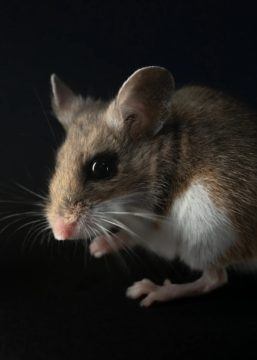Brandon Keim in The New York Times:
 It’s easy to look at a forest and think it’s inevitable: that the trees came into being through a stately procession of seasons and seeds and soil, and will replenish themselves so long as environmental conditions allow. Hidden from sight are the creatures whose labor makes the forest possible — the multitudes of microorganisms and invertebrates involved in maintaining that soil, and the animals responsible for delivering seeds too heavy to be wind-borne to the places where they will sprout. If one is interested in the future of a forest — which tree species will thrive and which will diminish, or whether those threatened by a fast-changing climate will successfully migrate to newly hospitable lands — one should look to these seed-dispersing animals.
It’s easy to look at a forest and think it’s inevitable: that the trees came into being through a stately procession of seasons and seeds and soil, and will replenish themselves so long as environmental conditions allow. Hidden from sight are the creatures whose labor makes the forest possible — the multitudes of microorganisms and invertebrates involved in maintaining that soil, and the animals responsible for delivering seeds too heavy to be wind-borne to the places where they will sprout. If one is interested in the future of a forest — which tree species will thrive and which will diminish, or whether those threatened by a fast-changing climate will successfully migrate to newly hospitable lands — one should look to these seed-dispersing animals.
“All the oaks that are trying to move up north are trying to track the habitable range,” said Ivy Yen, a biologist at the University of Maine who could be found late one recent afternoon at the Penobscot Experimental Forest in nearby Milford, arranging acorns on a tray for mice and voles to find.
More here.
